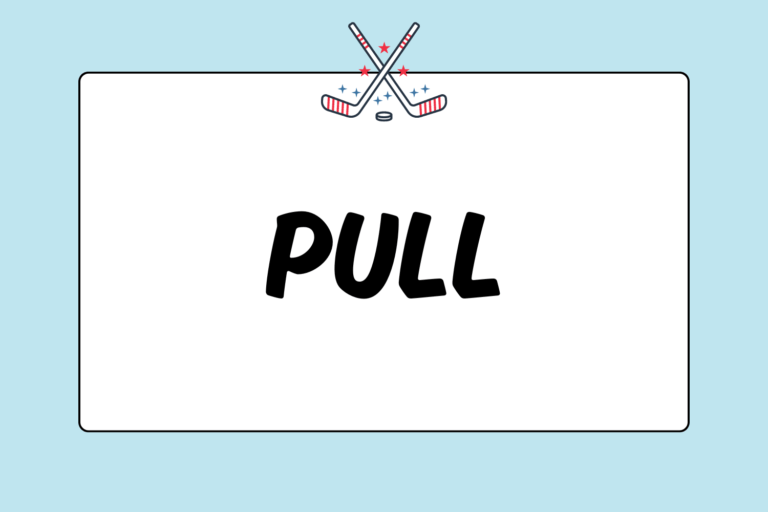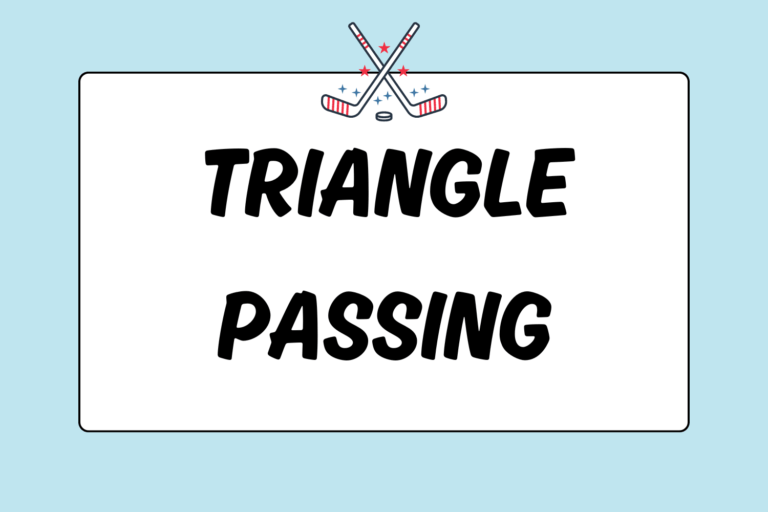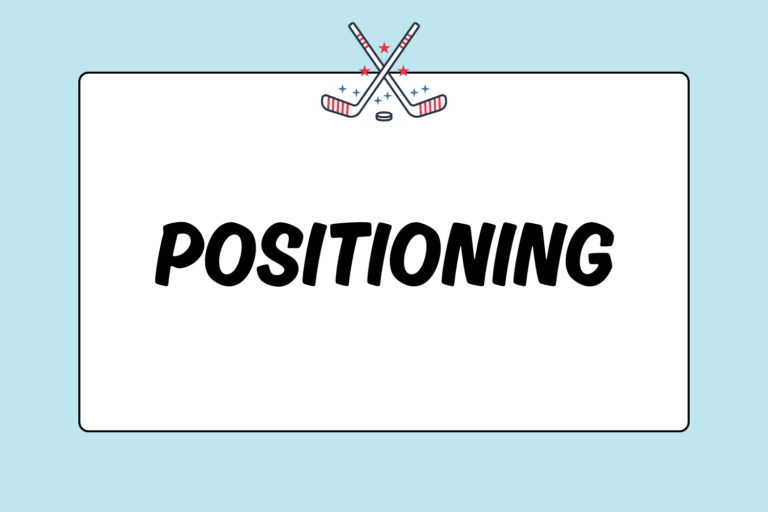There are two types of outdoor field hockey fields: Grass and synthetic turf. While younger players often learn the game on grass fields, the days of grass being the only option are long gone. Turf is the only surface used at the Olympic and World Championship levels. More and more colleges and high schools in the United States are going the turf route, as well.
Turf has changed the game dramatically, putting more emphasis on speed and stick skills. But while the types of surfaces may vary, the size, shape and overall dimensions of the field have remained the same.
Field
The International Hockey Federation (FIH) laid down metric measurements that stand as the official field dimensions. The layout and measurements of fields at the high school and collegiate levels meet FIH regulations. The field is 100 yards long by 60 yards wide (91.40 meters x 55 meters).
Markings
A solid line marks the shooting circle, which is made up of two quarter-circles. It measures 16 yards (14.63m) out from each goal post and is joined by a short straight line at the top. There is a dotted line 5.5 yards (5m) from the solid semi-circular line. Additionally, there is a line across the field 25 yards (22.90m) from the backline. This is known as the “25-yard line.” The penalty spot or stroke mark is six inches (15 centimeters) in diameter and placed 7 yard (6.40m) from the center of each goal. The center line divides the field in two at the 50-yard (45.6m) mark.
Surfaces
Since the introduction of synthetic fields in the 1970s, grass fields have become extinct on the international level. Sand-based fields — turf that is constructed on sand — were the first synthetic fields favored, because they increased the speed of the game. These days, water-based surfaces — high-density artificial grass that is not filled with sand and requires wetting before play — are the choice for both Olympic and world tournaments. Water-based surfaces are faster than the sand-based variety and are less abrasive; so they cause fewer injuries. In hopes of conserving more water, the FIH has considered switching to a hybrid surface that combines both sand and water.
Goal

If you learn these dimensions, you will be set to play on any field. The international field specifications are used on the high school, collegiate, national, and international levels. The most important and probably the most confusing aspect of the field dimensions is the shooting circle. Know where the shooting circle is and you’ll be able to take tons of legal, accurate shots at the goal!





